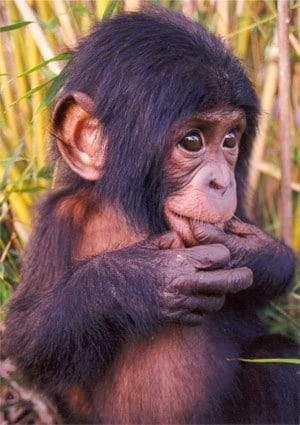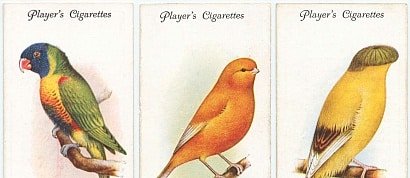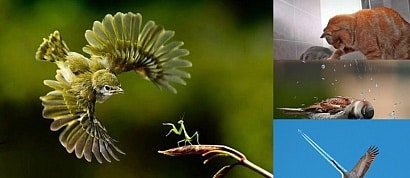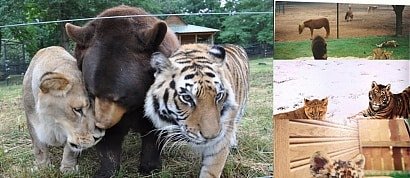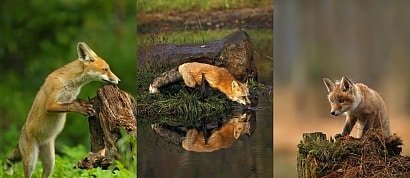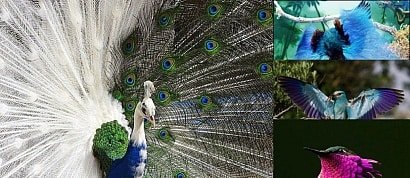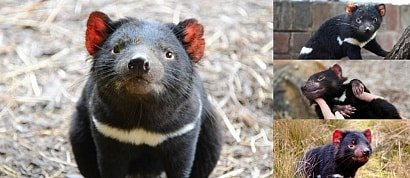A list of my favorite images of monkeys and apes.
en.wikipedia.org/wiki/Monkey
A monkey is a primate of the Haplorhini suborder and simian infraorder, either an Old World monkey or a New World monkey, but excluding apes and humans.
By this definition, the most common in biology, the monkeys are the group of all primates that are not tarsiers, lemurs, apes or humans and consist of about 260 known living species.
Many species are arboreal, although there are species that live primarily on the ground, such as baboons. Monkeys are generally considered to be intelligent.
Unlike apes, monkeys usually have tails. Tailless monkeys may be called "apes", incorrectly according to modern usage; thus the tailless Barbary macaque is called the "Barbary ape".
The New World monkeys (superfamily Ceboidea) are classified within the parvorder of Platyrrhini, whereas the Old World monkeys (superfamily Cercopithecoidea) form part of the parvorder Catarrhini, which also includes the hominoids (apes, including humans). Thus, as Old World monkeys are more closely related to hominoids than they are to New World monkeys, the monkeys are not a unitary (monophyletic) group.
Monkeys range in size from the pygmy marmoset, which can be as small as 117 millimetres (4.6 in) with a 172-millimetre (6.8 in) tail and just over 100 grams (3.5 oz) in weight, to the male mandrill, almost 1 metre (3.3 ft) long and weighing up to 36 kilograms (79 lb).
Some are arboreal (living in trees) while others live on the savanna; diets differ among the various species but may contain any of the following: fruit, leaves, seeds, nuts, flowers, eggs and small animals (including insects and spiders).
Some characteristics are shared among the groups; most New World monkeys have prehensile tails while Old World monkeys have non-prehensile tails or no visible tail at all. Old World monkeys have trichromatic color vision like that of humans, while New World monkeys may be trichromatic, dichromatic, or—as in the owl monkeys and greater galagos—monochromatic.
Although both the New and Old World monkeys, like the apes, have forward-facing eyes, the faces of Old World and New World monkeys look very different, though again, each group shares some features such as the types of noses, cheeks and rumps.
Added to
People who voted for this also voted for
But Is It True?
Do You Remember When...?
Animal Humor, Part 8
Around the world with ...a soup.
Player's Cigarette Cards
Pretty As A Picture #7 (Nature)
Cigarette Cards: Live stock (1915)
Animal Candids 1
Lions & Tigers & Bears
Typical Argentine Cuisine
Around the world with ... a very spicy dishes.
Pretty As A Picture #1
Animal Candids 13, Valentines Day edition
Angel of Death, part 3
December :)
More lists from kathy
Favorite Images of Foxes #1
Favorite Images of Birds #1
Favorite Images of Tasmanian Devils
Favorite Images of Deer #1
Favorite Images of Pigs & Piglets
Favorite Images of Giraffes
Favorite Images of Furry Friends #1
 Login
Login


